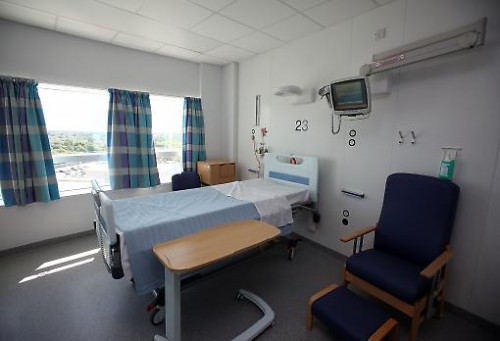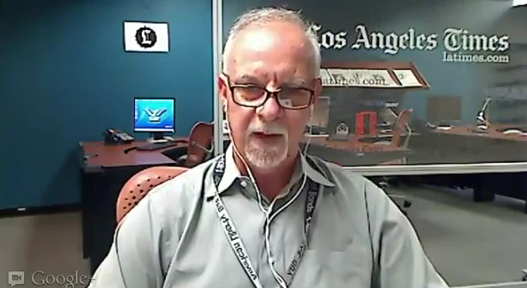The only person who can decide if a life is worth living is the one living it.
By: NELSON JONES
Tony Nicklinson may not have achieved his wish for doctors to be allowed to terminate his life at a place and time of his choosing, but he did manage to push the subject of assisted dying higher up the public agenda than it has been for a long time. And while he didn’t convince the judges at the High Court, public opinion would seem to be firmly on his side. A YouGov poll conducted on behalf of the British Humanist Association last week found that a massive 81 per cent of adults (and two thirds of Roman Catholics) would support the right of “mentally competent individuals with incurable or terminal diseases” to access medical support to end their lives. Only 6 per cent were “strongly opposed”.
Support, too, has come from some leading politicians, such as the newly-appointed health minister Anna Soubry, who called the present state of the law “ridiculous and appalling”.
Even so, opposition to any change remains entrenched and seemingly unmovable. Many MPs, almost all religious leaders and the official policy of the BMA are implacably opposed to legalising voluntary euthanasia, which the current BMA president has described as “a journey I just don’t want us to even start out on”.
For some, the question is forever out of bounds because life is sacred and can properly be terminated only by God. But there are more pragmatic arguments, too, that convince many that assisted dying is inherently dangerous. It’s said that if the law were changed, vulnerable people would feel under pressure to end their lives in order to spare their families (or the taxpayer) the “burden” of their continued existence. That a system of planned death, timetabled according to personal or medical convenience, would cheapen life itself, would enshrine in law the idea that some lives were not worth living, and could potentially lead to a eugenic society in which the chronically sick, the elderly and the disabled were seen as disposable, by themselves or by others.
Such an argument may sound plausible. But can we be sure that we don’t live in such a society already? Today we learned of the case of an unnamed man, aged 51, with Down’s Syndrome and other disabilities, who spent some time in hospital last year. After “AWA” was discharged it emerged that without the knowledge of his family or carers doctors had placed a “do not resuscitate” (DNR) order on his file. The sole reason given for the notice – which would have resulted in his inevitable death had he suffered a cardiac arrest or encountered serious breathing difficulties – was apparently his disability. He does not seem to have been terminally ill.
We must, of course, be careful. It is only one case. The NHS trust concerned has declined to comment on the ongoing legal action and there may be significant facts that haven’t been reported. AWA’s solicitor, Merry Varney however, described it as “one of the most extreme cases we have seen” and declared that “to use Down’s Syndrome and learning difficulties as a reason to withhold lifesaving treatment is nothing short of blatant prejudice.”
“Extreme” this case may be, but problems relating to DNR notices are far from unheard of. In another case currently before the courts, David Tracey is suing Addenbrooke’s hospital in Cambridge over a DNR issued in respect of his wife who died there last year, and which was apparently discussed neither with her nor with him. He was also being represented by Merry Varney, who argued that “a competent patient must surely know when a decision to withhold potentially life sustaining treatment has been made.”
A survey of 100 hospitals carried out last year by the Care Quality Commission found that at least five were in breach of medical guidance regarding consultation with families before issuing a DNR notice. On one ward, as many as a third of such orders were issued without consultation. The charity Action on Elder Abuse described such practices as “euthanasia by the backdoor”.
Even if such cases are not the norm, they might be seen as evidence of a callously utilitarian approach to questions of life and death even without legalised euthanasia. AWA’s case in particular suggests that vulnerable patients might be especially, well, vulnerable to such an attitude. Yet others tell a different story, of elderly and vulnerable or terminally-ill people, sometimes in pain, past all hope of full recovery and who in an earlier age would have died peacefully, being artificially kept alive by well-meaning doctors and by the death-cheating power of modern medicine.
In today’s legal and medical regime, it would appear, some people are allowed to die who would rather live, while others are unwillingly kept alive when they want to die.
These two undesirable situations in fact represent different sides of the same coin: the paternalist attitude that sees medical professionals, rather than individual patients, as the people best placed to make the decision about whether he lives or dies. Tony Nicklinson, intellectually fully competent and certain in his own mind, is not allowed to determine the manner of his death. Nor is the more obviously vulnerable AWA. A system supposedly concerned with protecting the vulnerable only succeeds in reinforcing the godlike power of doctors.
For that reason, I suspect legislation that permitted assisted dying would actually increase the protection currently afforded to vulnerable people, and increase respect for the value of life. There’s no contradiction between saying that all lives are valuable and that some have become intolerably burdensome. Rather, knowledge that they would not be condemned, in extremis, to a lingering agony at the hands of modern medicine would free some patients to live. And those who chose for reasons of faith or optimism to cling to every last painful moment of life could do so without causing others to feel guilt for their plight, which is the real “burden” which people with severe disabilities or who are in the last stages of terminal illness impose on their loved-ones.
The only person capable of deciding whether a life is or is not worth living, ultimately, is the one who is living it.
Complete Article HERE!






